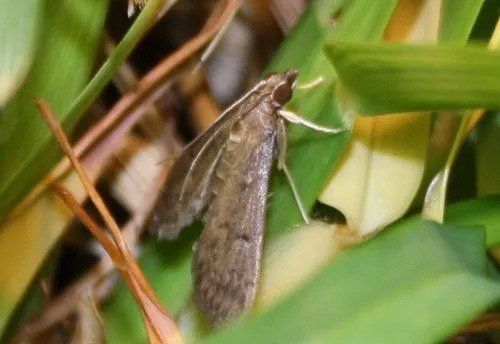GRUB CONTROL SERVICE
Garden Grubs, often called white grubs, are the immature form of different scarab beetles.
A Grub Control Service will take care of them in an instant!
Let's get rid of the Grub problem!

Green Garden Landscaping's White Grub Control Service is your reliable solution for ensuring a healthy, vibrant lawn.
White grubs, the larvae of various beetle species, can inflict considerable damage by feeding on grassroots, leaving your lawn vulnerable to drought, pests, and disease.
Our dedicated team is well-versed in identifying these destructive pests and implementing effective control measures.
Symptoms of Grub Feeding
Detecting a white grub infestation in your lawn is vital for effective intervention.
- Keep an eye out for key indicators, such as irregular brown patches in the grass, which result from the grubs feeding on grassroots and depriving affected areas of nutrients and water.
- When walking on your lawn feels spongy or soft, it could be due to the grubs tunneling through the soil.
- An increase in animal activity, like skunks, raccoons, moles, or birds, digging up your lawn can also signify white grub presence.
- Furthermore, you might notice that the turf is easily peelable or that the roots appear damaged.
To confirm the infestation, you can dig a small section of your lawn to search for the distinctive C-shaped, white grubs.
Timing can be a crucial factor; grubs are more active near the surface during late summer and early fall. Swift action upon detection, often with the assistance of a professional lawn care service like Green Garden Landscaping, is essential to prevent extensive damage to your lawn.
If you suspect a white grub infestation in your lawn or notice any of these signs, it's advisable to consult with a professional lawn care service, like
Green Garden Landscaping, for a thorough inspection and appropriate treatment. Early detection and intervention are essential to prevent extensive damage to your lawn.

Grub Control Frequently Asked Questions
If you need more information regarding Grub Control, we compile these frequently asked questions to help you.





